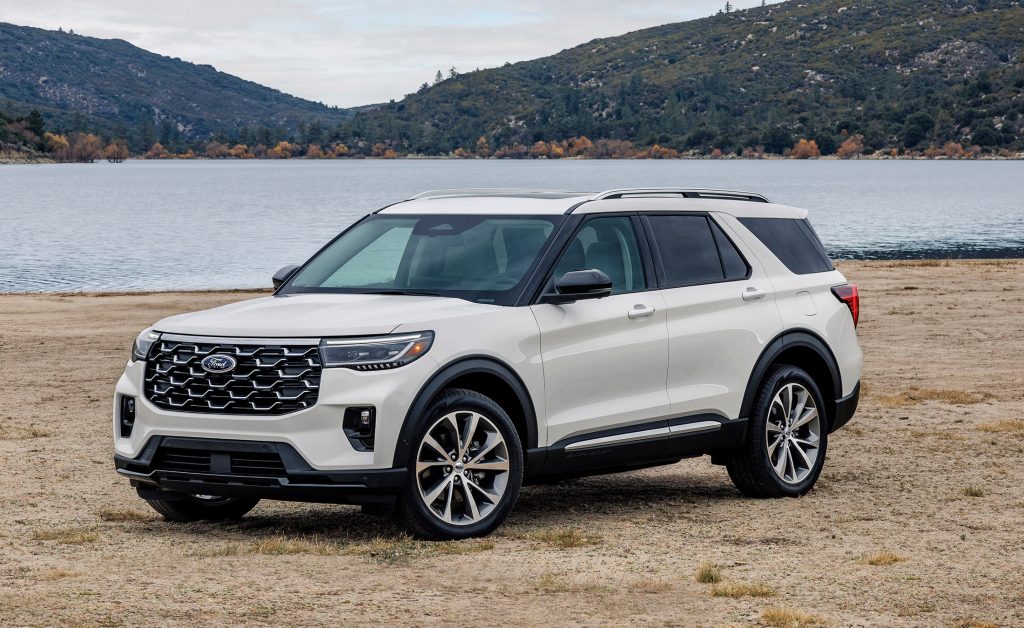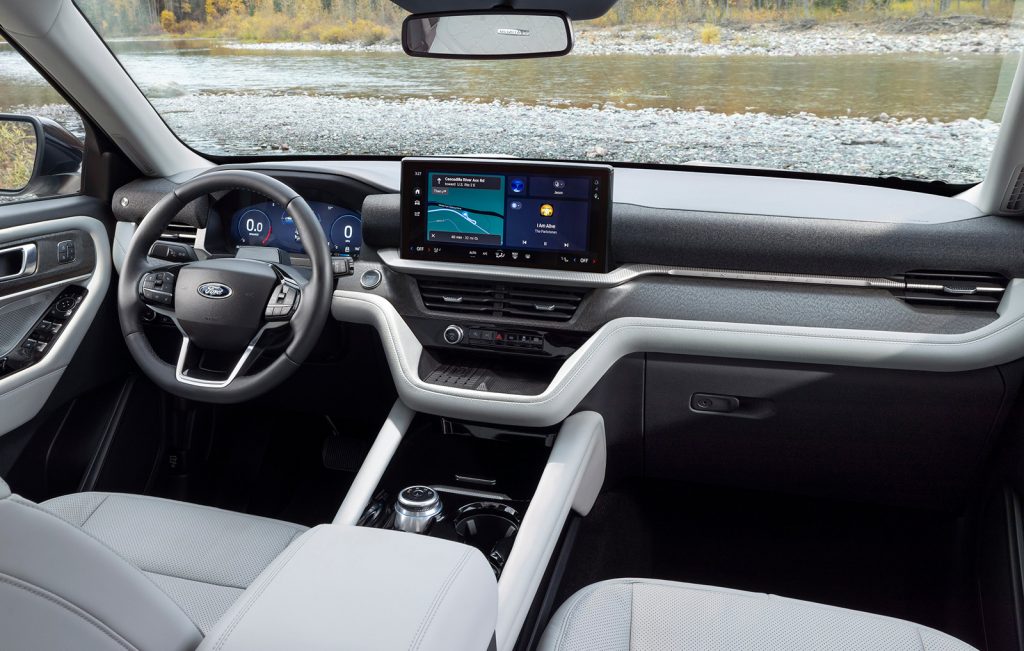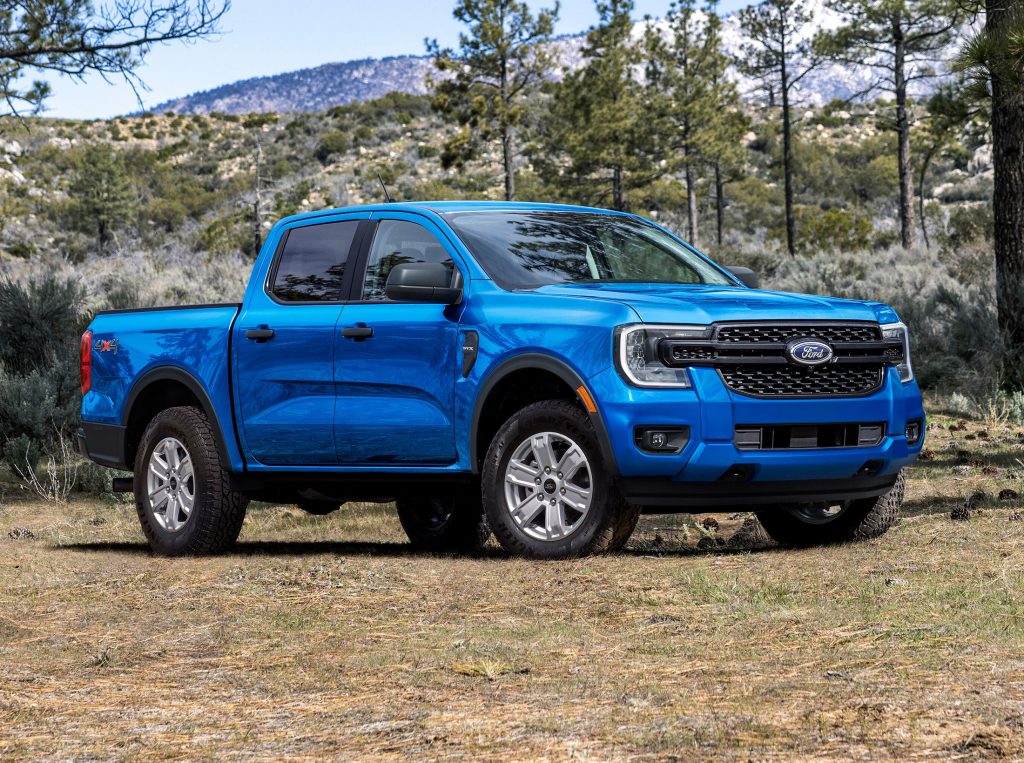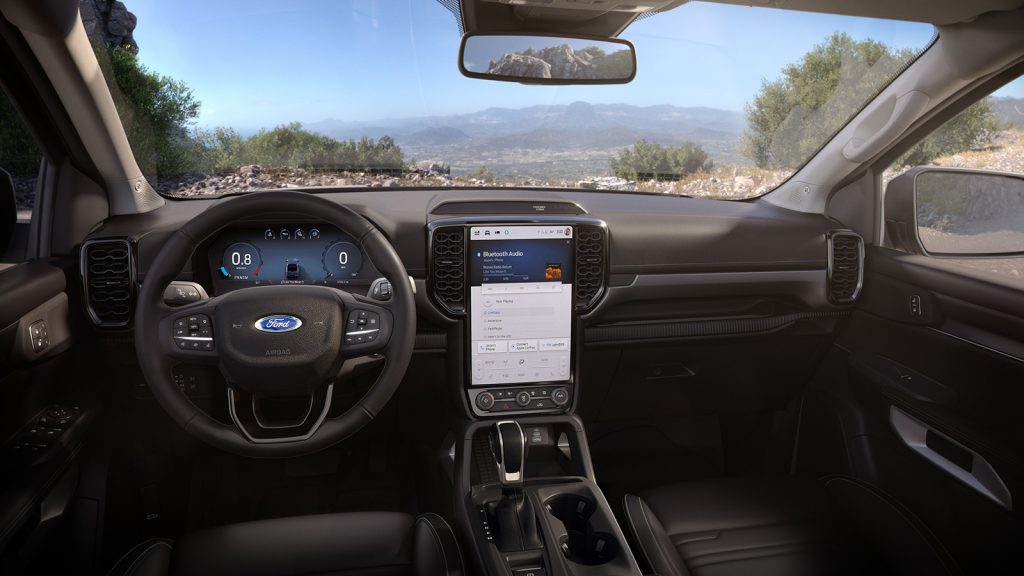Cargazing
By Derek Price
Alfa Romeo doesn’t sell many cars in the United States, but every one of them tries to stand out. The 2025 Tonale is no exception.
This is a small crossover, a category most automakers churn out in anonymous, cookie-cutter form, yet Alfa’s version feels like it has a pulse. After a week behind the wheel, I can say it’s one of the few compact SUVs that rewards you for taking the long way home.
The defining trait of the Tonale is firmness. The seats are firm, the steering is firm, and the suspension is firm. Not punishing, but purposeful.
Where many competitors float and isolate, the Alfa engages. On winding roads, the Tonale feels buttoned-down and quick to respond, more like a hot hatch than a small SUV. That’s not an easy trick to pull off in a tall, all-wheel-drive package.
Performance is stronger than expected at this price. The 2.0-liter turbo four makes 268 horsepower and gets the Tonale moving with real urgency, especially in the midrange.
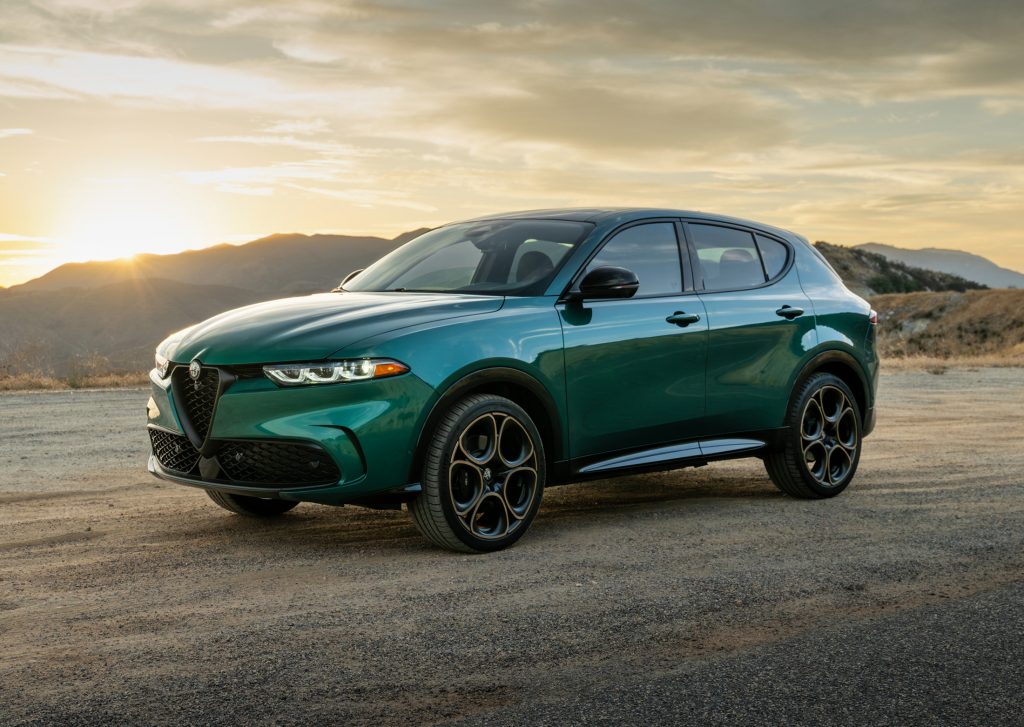
The 2025 Alfa Romeo Tonale’s exterior design delivers sharp Italian flair in a crowded compact SUV market.
The nine-speed automatic isn’t quite as polished as the best German gearboxes, sometimes hesitating when you’re creeping in traffic or lurching on a quick downshift, but once you’re up to speed it mostly fades into the background. Fuel economy is reasonable at 21 mpg city and 29 mpg highway.
Alfa also offers a plug-in hybrid version of the Tonale, with usable electric-only range, but my test car was the gas model. For enthusiasts, the turbo motor feels like the right match. For commuters, the hybrid might make more sense, especially if you can plug in at home.
Inside, the Tonale doesn’t quite deliver the luxury polish its badge suggests.
The layout is driver-centric, with big round gauges and a sporty seating position, but materials are more Dodge than Alfa.
That’s not just a figure of speech. The Tonale shares its bones, drivetrain and much of its interior with the Dodge Hornet, which sells for thousands less. The Alfa does look and feel a bit sharper, and the driving feel is more communicative than in the Dodge, but it’s hard to ignore the value gap.
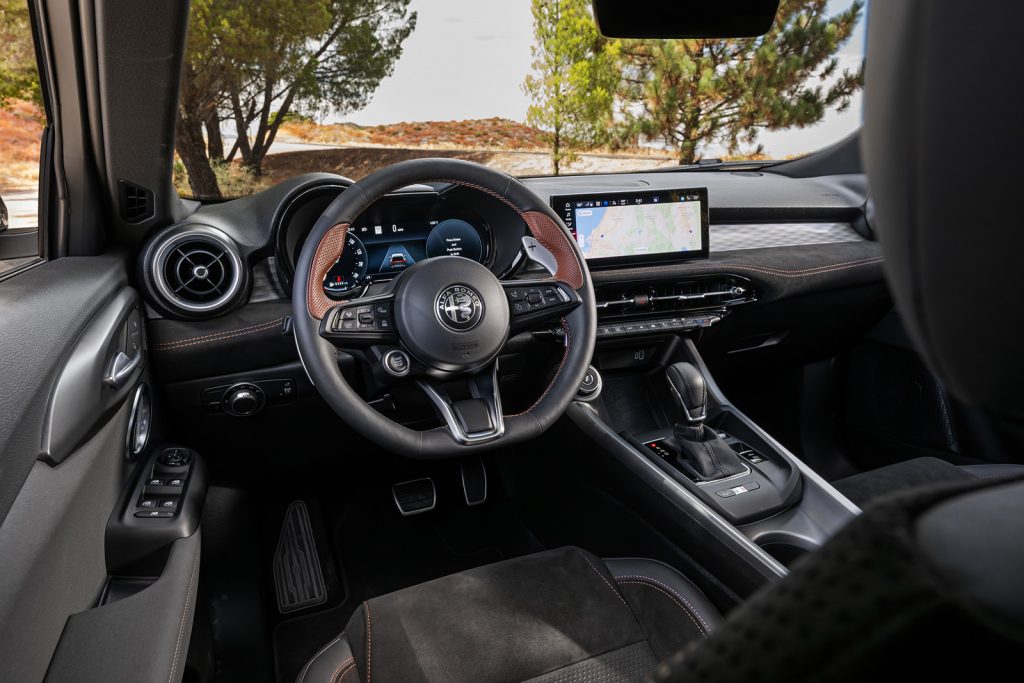
Inside, the cabin emphasizes a driver-focused layout, though materials feel more mainstream than premium.
Technology is mostly a bright spot. The 10.25-inch touchscreen runs a modern system with wireless Apple CarPlay and Android Auto. It isn’t the quickest interface on the market, but it’s straightforward to use.
Driver-assistance features like adaptive cruise and lane-keeping are included, though Alfa’s calibration still leans toward sporty driving rather than intrusive corrections.
The Tonale’s personality is its best feature. In a segment where many buyers treat their SUV as an appliance, this one feels alive.
That also means it won’t be for everyone. The ride is firmer than some shoppers will want, interior space is only average, and for nearly $40,000 as tested, it doesn’t offer the interior polish of a Volvo XC40 or the sheer brand pull of a Mercedes GLA.
But for the buyer who values design, character and a sense of connection behind the wheel, the Tonale makes a strong case. It’s proof that not every crossover has to feel the same.
At A Glance
WHAT WAS TESTED?
2025 Alfa Romeo Tonale ($36,495). Options: Customer Preferred Package 23M ($1,400), additional key fob ($40). Price as tested (including $1,995 destination charge): $39,930
BY THE NUMBERS
Wheelbase: 103.8 in.
Length: 178.3 in.
Width: 82 in.
Height: 63.2 in.
Engine: 2.0-liter turbocharged four cylinder (268 hp, 295 lbs. ft.)
Transmission: Nine-speed automatic
MPG: 21 city, 29 highway
RATINGS
Style: 9
Performance: 8
Price: 7
Handling: 8
Ride: 5
Comfort: 4
Quality: 5
Overall: 6
WHY BUY IT?
The Tonale stands out in style and driving feel, not just another practical box on wheels.

